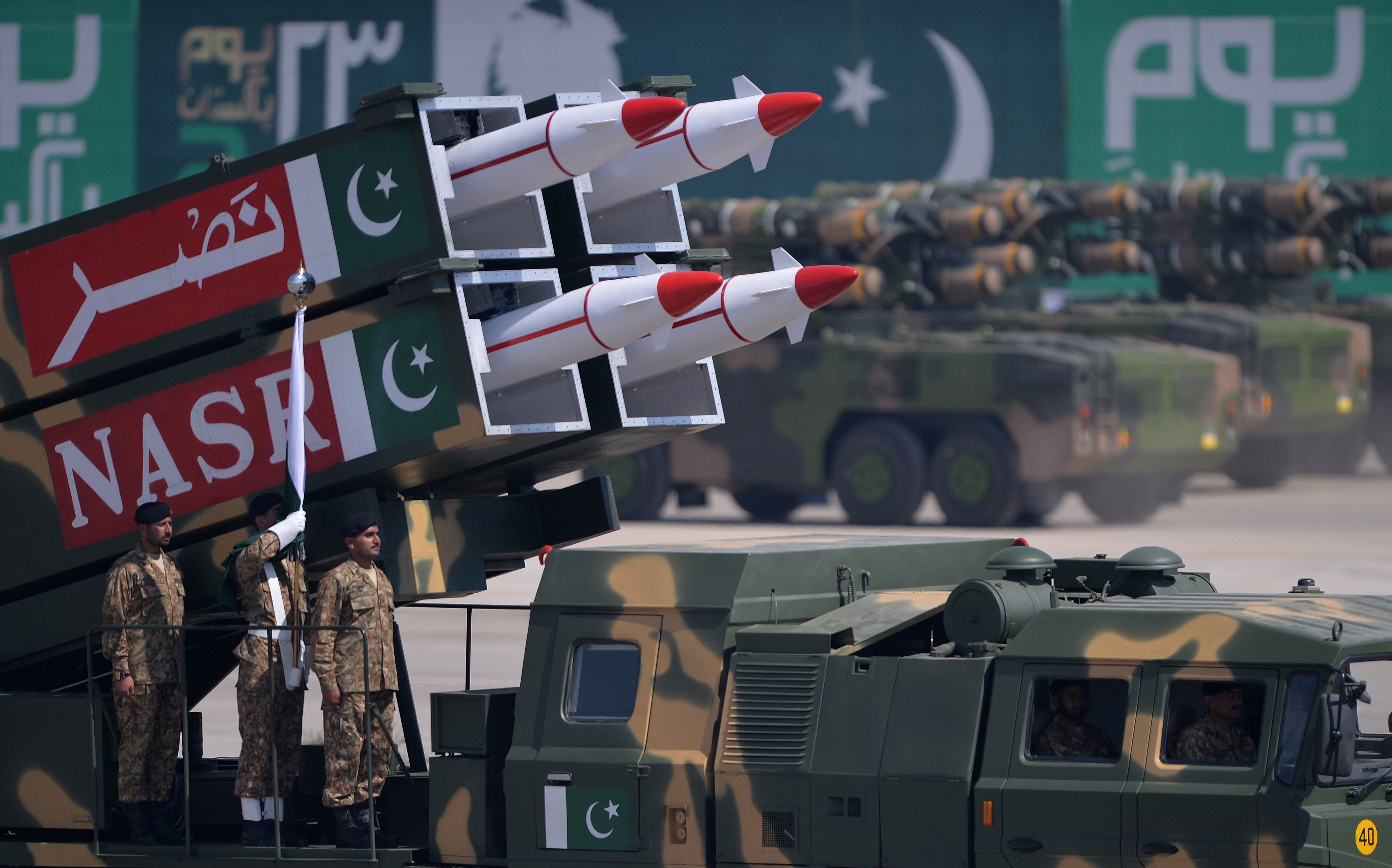
India’s military doctrine, formally termed Cold Start Doctrine (CSD), inspired by Indian Army General K. Sundarji’s 1980s offensive military doctrine, does not remain ambiguous anymore. The newly appointed Chief of the Indian Army, General Bipin Rawat, stated in an interview that, “Cold Start doctrine exists for conventional military operations.” He further stated, “Weaknesses can only be overcome if you accept the strategy…If you don’t accept the strategy, then you will let your weaknesses limit you.” This is an open acknowledgment of the politically unsanctioned CSD and a break with India’s long time conventional force ambiguity. It serves to reinforce Pakistan’s fear of possible deployment of assertive conventional force adventurism by India. It also provides India with an incentive for conventional power projection vis-à-vis any other South Asian state.
Apparently, General Rawat intends to unpack the CSD to find its weaknesses and overcome them. This in turn means that the Indian Army, under the banner of the so-called CSD and supported by the Indian Air Force, could carry out a quick mobilization of its armed forces and hold Pakistani territory until it meets its political and military goals, all the while ensuring that Pakistan does not use its nuclear weapons. However, as India shifts its military doctrine by gearing up the development of CSD, greater strategic pressure will be on Pakistan to develop countermeasures such as battlefield nuclear weapons.

General Rawat’s acknowledgement of CSD is not surprising to Pakistan, since most Pakistanis believe that the Indian Army has been working on the development of CSD for some time. Whether the Indian Army has actually achieved the military capability of exercising the CSD or not, it is interesting to note various shifts in the Indian nuclear and conventional force posture. These shifts indicate India’s increasing assertiveness, as also seen through the developments in other ambitious projects like the ballistic missile defense system, nuclear submarines, inter-continental ballistic missiles, multi-independently reentry vehicles, and advanced conventional forces capability.
Many in Pakistan think that India is purposely putting strategic pressure on it. A reaction from Pakistan could provide justification for the production of countermeasures under the principles of credible minimum deterrence (sustaining deterrence stability to avoid the possibility of war between the two rival states). There can be a credible countermeasure for every contingency adversarial plan, and Islamabad thinks that it could be in the interest of Pakistan to prevent the erosion of deterrence in South Asia by achieving at least a balance, if not parity. Pakistan does not aim for a tit-for-tat long-term arms race, which goes against the principles of minimum deterrence. Moreover, this could invite backlash from the international community and the international non-proliferation regime, to which Pakistan has gradually developed a normative posture.
CSD could create more problems than solutions for South Asia. First, the CSD is problematic in that a central tenant of the doctrine is penetration into Pakistani territory, which challenges Pakistan’s territorial integrity and sovereignty. Terrorists carrying out attacks in India can be stopped by the Indian military and intelligence agencies without invoking the CSD and causing limited war against a nuclear state. Terrorism, which to a large extent India has failed to prevent due to security and intelligence failures, has become a major problem for India. But the solution is not limited war between the nuclear neighbors, as the Indian military doctrine of CSD suggests, as it risks major catastrophe in the region. Scholars need to explore the validity and logic of the CSD vis-à-vis terrorism. Perhaps the Indian political leadership needs to develop an alternative strategy to the CSD, say, the development of an effective counterterrorism strategy within its own borders.
Another implication of the Indian military declaration of the CSD is that it may undermine the credibility of the Indian civilian leadership, which is in charge of the military forces. The open acknowledgment of the doctrine by the Indian military leadership undermines the credibility of Indian political leadership. This, in turn, could create a civil-military clash within India. This also raises the question of who is in control of the major decisionmaking processes in India: the military or the civilian government? The Indian military leadership could undermine the authority of the civilian leadership by developing and deploying the CSD without its approval. This could be a new chapter in India’s evolving strategic culture where, unlike in the past, India’s military exerts greater influence over traditional civilian authority.
Finally, India’s military development of the CSD may subject it to greater pressure from the international community. An assertive conventional force posture that unnecessarily positions India for a limited war with Pakistan could cause the international community to isolate India and pressure it to behave rationally.
In sum, the declaration and development of the CSD is counterproductive for South Asian strategic stability. Invoking the CSD’s development and deployment against a sovereign state because of an unattributed act of terrorism should not be a viable strategy. This could lead to military escalation up to a nuclear level, something neither the Indian civil leadership nor the military leadership desires. Therefore, an alternative strategy is needed – one that contributes to South Asian deterrence stability rather than undermining it.
Editor’s note: In this two-part series, SAV contributors reflect on the salience of Indian army chief General Bipin Rawat’s recent acknowledgement of the Cold Start doctrine and what it means with regard to India’s strategy vis a vis Pakistan. Read the entire series here.
Click here to read this article in Urdu
***
Image 1: Flickr, Abhishek Baxi
Image 2: Getty Images, Aamir Qureshi


